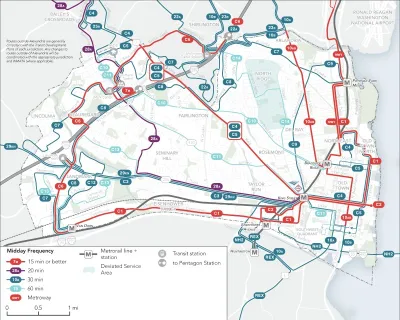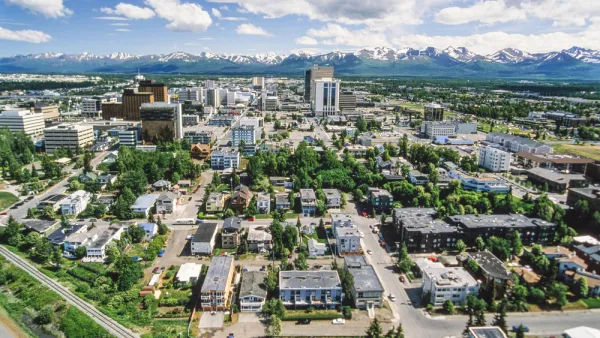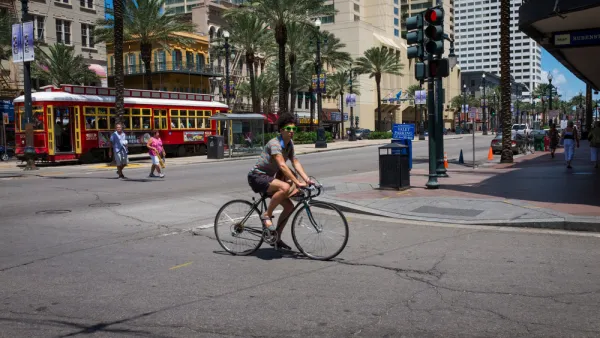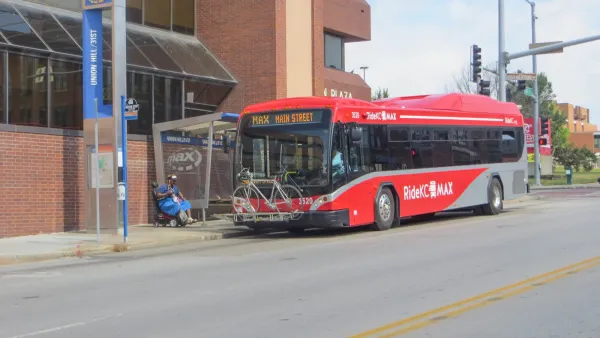The city of Alexandria, Virginia is asking the public to weigh in on a fundamental question of bus transit planning: ridership or coverage?

The city of Alexandria, Virginia is undertaking a Transit Vision planning process to lay the groundwork for the next ten to 20 years of bus service in the city. The city runs its won DASH bus service, but the WMATA’s Metrobus also operates in the city. Connections to the Virginia Railway Express (VRE), Metrorail, and external bus operators like the Fairfax Connector and Arlington Transit (ART) will also figure into the bus service equation in the city.
Greg Otten reports a few weeks after the city released a Transit Vision Concepts Report [pdf] on the findings of a community engagement process that included an online survey and several public meetings. The public input process is designed to determine "which of two scenarios the City and DASH should pursue: increased frequency of bus service trading off coverage, or, increased coverage of the city with less frequent bus service. The plan assumes a 20% increase in bus service."
The results [pdf] of the initial public input process showed "that a majority of Alexandria bus riders want fast and frequent bus service," according to Otten. A new survey is drilling down deeper into public preferences between two scenarios, referred to by planners as "Ridership" or "Coverage." Otten explains:
“Ridership” means increased and more frequent bus service in dense areas at the expense of fewer parts of the city being served by buses. The assumption is that more people will ride because there is faster and more frequent service in dense areas. “Coverage” means increased service in some areas at the expense of frequency. More of the city will be served, and thus more people potentially able to ride.
After gathering input on these two concepts, planners will proceed with a design for a new bus network in the city.
FULL STORY: Alexandria is updating its bus network, and riders want faster and more frequent service

Analysis: Cybertruck Fatality Rate Far Exceeds That of Ford Pinto
The Tesla Cybertruck was recalled seven times last year.

National Parks Layoffs Will Cause Communities to Lose Billions
Thousands of essential park workers were laid off this week, just before the busy spring break season.

Retro-silient?: America’s First “Eco-burb,” The Woodlands Turns 50
A master-planned community north of Houston offers lessons on green infrastructure and resilient design, but falls short of its founder’s lofty affordability and walkability goals.

Test News Post 1
This is a summary

Analysis: Cybertruck Fatality Rate Far Exceeds That of Ford Pinto
The Tesla Cybertruck was recalled seven times last year.

Test News Headline 46
Test for the image on the front page.
Urban Design for Planners 1: Software Tools
This six-course series explores essential urban design concepts using open source software and equips planners with the tools they need to participate fully in the urban design process.
Planning for Universal Design
Learn the tools for implementing Universal Design in planning regulations.
EMC Planning Group, Inc.
Planetizen
Planetizen
Mpact (formerly Rail~Volution)
Great Falls Development Authority, Inc.
HUDs Office of Policy Development and Research
NYU Wagner Graduate School of Public Service




























